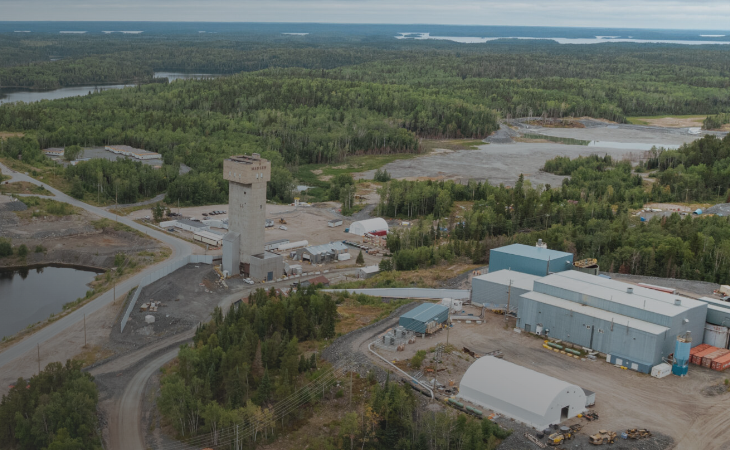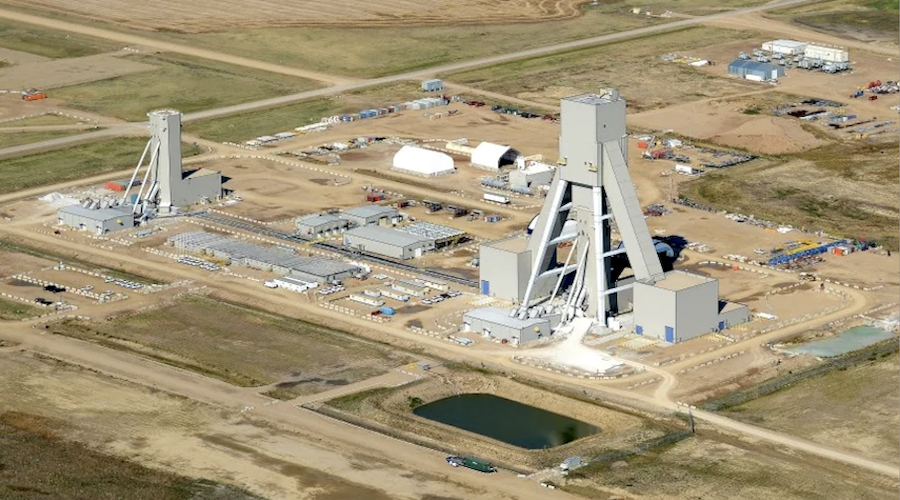Fresh off last month's election win, Quebec's new Liberal government has boosted its commitment to Plan Nord. Once again the province is throwing its weight behind plans that recognize now vital natural resources development is to the provincial economy.
On June 4, Quebec finance minister Carlos Leitao pledged over a billion dollars to the Plan. The 2014-15 budget will pump $63 million into major road infrastructure. A whopping $1 billion has been set aside for the province to acquire equity interests in mining, oil and gas companies so that the province can share in potential profits. A total of $100 million will be invested in educational facilities to train northern residents and, in particular aboriginals, in the skilled trades. Over $600 million will go to the forestry industry for silviculture, new equipment, and biomass projects. The promotion of Northern Quebec as a tourist destination will get a $3.2 million boost.
Of particular interest to Quebec's growing iron ore industry is the $20 million pledged to study the feasibility of creating a new multi-user rail line providing access to the Labrador Trough. Two rail lines now connect the iron mines with the port of Sept-Iles: the Cartier Railway is a subsidiary of ArcelorMittal and serves the Mont-Wright mine; and the Quebec North Shore and Labrador Railway serves the Iron Ore Company of Canada.
The iron ore potential of the Labrador Trough has grown in recent years, and if global steel demand remains strong, it could explode. Besides the two producers mentioned above, here is a run-down of what could be the next generation of iron ore producers:
Adriana Resources (40%) and Wisco International Resources Development & Investment (60%) are testing the Lac Otelnuk property. In 2011 they produced a preliminary economic assessment for a 50-million-t/y open pit operation.
Cap-Ex Iron Ore is exploring its various Schefferville properties. The 2013 PEA for Block 103 suggests a start up date of 2018 for one line and 2019 for a second commercial line with a projected life of 30 years, based on an inferred resource of 7.2 billion tonnes grading 29.2% Fe.
Century Iron Mines has three advanced exploration projects. It owns 100% of the Attikamagen Lake project that includes the Joyce Lake direct shipping ore project. The PEA foresees a 2-million-t/y lump and sinter fines operation for four years. The Duncan Lake project (with Augyva Mining Resources, 35%) could be a 20-year mine with a pellet output of 12 million t/y. Measured and indicated resources top 1 billion tonnes. The Sunny Lake project is 82.9% owned (with Wisco, the operator) includes the Lac Le Fer and Rainy Lake claim groups. Rainy Lake alone has an indicated resource of 7.26 billion tonnes at 30.18% Fe.
Champion Iron Limited also has three advanced exploration projects in the Labrador Trough. The Fire Lake North deposit has been taken as far as a pre-feasibility study that indicated an initial mine life of 20 years. At the end of 2013, Fire Lake North has a measured resource of 27 million tonnes at 35% Fe and an indicated resource of 719 million tonnes at 31% Fe. Fire Lake North plus Moire Lake, Harvey Tuttle and Penguin Lake make up what is called the Fermont projects. Cartier Iron has an option to earn a 65% interest in Champion's Gagnon holdings.
New Millennium Iron Corp. (20%) and Tata Steel (operator, 80%) shipped the first material from their DSO project in 2013. On its own, New Millennium is advancing the KeMag project, now in the feasibility stage. Production of 15 million tonnes of pellets and 7 million tonnes of concentrate annually has been proposed over a 30-year mine life. New Millennium holds 80% of the LabMag project, also in the feasibility stage. At the end of last year, the project had measured and indicated resources of 1 billion tonnes at 29.5% Fe, as well as proven and probable reserves of 3.5 billion tonnes at 29.6% Fe. The LabMag and KeMag deposits are often referred to collectively as the Taconite project.
Oceanic Iron Ore has completed a pre-feasibility study for the Hopes Advance area that has proven and probable reserves of 1.4 billion averaging 32.2% Fe. The project could have a 31-year mine life, but Oceanic is seeking a partner for the venture.
There is no shortage of potential new iron producers in Quebec, and a new rail link to the St. Lawrence Seaway would serve them well.
The commitment of Quebec to the new transportation link is hailed by Champion Iron Mines chairman Michael O'Keeffe. He said, "At a time of uncertainty in investment markets regarding the outlook for iron ore, this decision will be seen as a defining point in the history of the mining industry in Quebec. The government should be congratulated on its commitment to promote an initiative conducive to increased employment and new investment."
Well said. Would that all governments be so supportive.





Comments